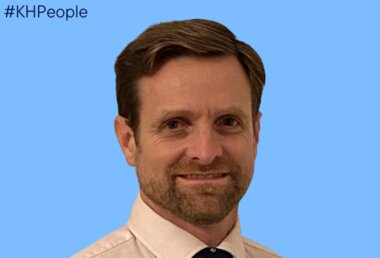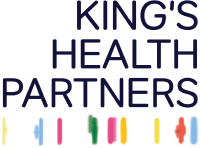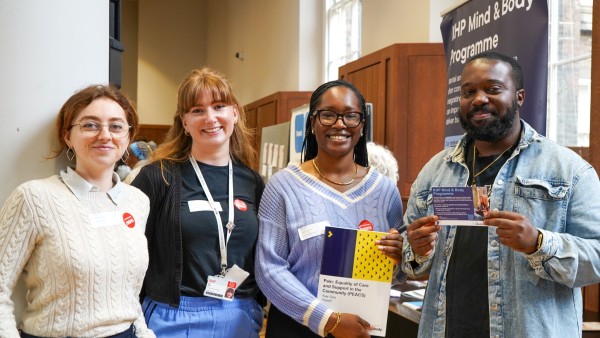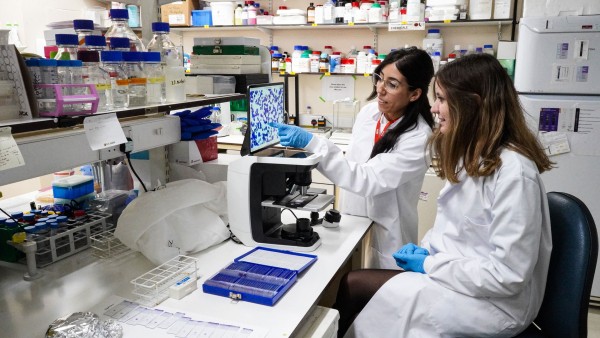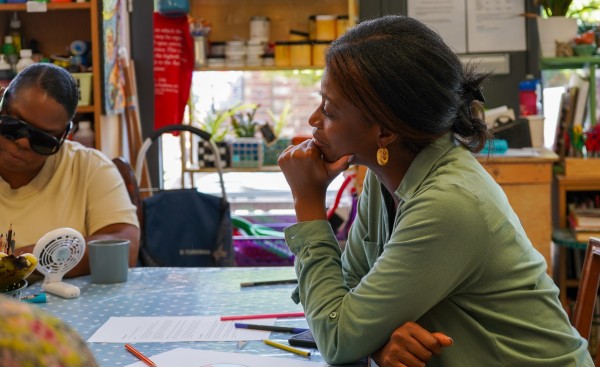29 November 2023
The consultant neuroradiologist explains what he enjoys about his role, and the importance of strong communication in this digital age.
What is your role?
I am consultant neuroradiologist at King's College Hospital NHS Foundation Trust - that is a radiologist specialising in the brain and spine. I am also an academic and I spend half my time performing research - where I work at King’s College London looks out over St Thomas' hospital.
What do you enjoy most about your role?
I spend most of my clinical time performing interventional neuroradiology procedures. That is minimally invasive surgery where we use image guidance to navigate tubes and wires through blood vessels in the groin or wrist in order to treat disorders within the brain.
I enjoy the whole journey from a clinician's point of view, particularly when this is a planned procedure as opposed to an emergency. Using a journey as an analogy, the start is a meeting with patients where we discuss what we can offer and why. We need to be candid with patients and this requires careful communication - my colleagues and I need to be on our A game as what we do has risk.
Next is the procedure planning, which may require a lot of analysis of images as well as additional conversations with my excellent peers. The procedure itself is where the journey is shared the most as it is a team effort. The neuroanaesthetists, neuroradiology nursing staff and neuroradiographers all work together each performing a vital task that only they can do.
The procedure itself is also the technically challenging part of the journey for me which requires total absorption - I am sure that anyone in a craft specialty will fully understand how many hours can pass by easily when totally immersed in a procedure requiring considerable concentration. The final stage of the journey is managing the patient afterwards and seeing them on their way. As interventional neuroradiology is minimally invasive and typically requires little aftercare, this final stage usually is brief but sometimes it is not.
Overall, I enjoy the beginning, middle and end of the journey which has different components and gives me immense satisfaction.
What inspired you to get into this work?
What I do now is quite niche and I was not even aware of it as a career at medical school. When I was at medical school I simply wanted to be an army doctor - that is another story but for a short while I used to go to work out the back of a Hercules plane. From a specialty point of view, as a houseman I was very inspired doing my medical rotation so I nearly became a physician.
However, as radiology was dragging medicine forwards kicking and screaming it seemed an obvious career fit for someone with an aptitude for art, maths, and physics. As with internal medicine, I enjoyed all radiology rotations and would have been happy working in any of them, but neuroradiology seemed to suit my steady and detailed approach the best and I was attracted to the cutting-edge technology for both diagnosis and treatment.
What are the benefits of working in partnership?
I work with academics and clinicians from all KHP sites and all the King’s College London faculties which work with images, neuroscience, or digital innovation. I work with some super people including the superstars in administration and support services who prop everything up. Working with a broad range of experts is hugely synergistic and builds vital bridges. Clinical work benefits from research and evidence-base. Science and engineering benefits from answering the right questions.
What would be your one career top tip?
I could give several but from a clinical perspective, if you put the patient first, patient management and therefore decision making is easy. It sounds obvious but sometimes this is not done.
It would be remiss of me not to add a bonus tip: and that is, communication is everything - I for one am always learning to communicate better. It does not matter how technically adept you are, how well intentioned you are, or if you know exactly what the plan is - many problems would not have occurred or could have been simply overcome with excellent communication. This is more important than ever in the digital age.
